The densely district Colombo was the administrative center during the Portuguese era. The Portuguese christen the city as ‘Colombo’,which is belived to be either derived from Kolon Thota- Port on the river Kelani or Kola Amba Thota- Harbour with leafy mango trees. In 1833 the British declared Colombo as the capital of Ceylon. Colombo district consists of both the administrative capital- Sri Jayawardanapura Kotte and the commercial capital- Colombo. The district is a combination of mountainous, plains and marshy region contributing to balance the mild weather conditions without leading to extremes. Colombo is interconnected with other cities within it via a network of canals and Beira Lake is at the center of the city.
Bordering Colombo District from the North is the Kelani River (Gampaha District), South Bolgoda River (Kalutara District), the coastal belt in the West and Sabaragamuwa Province in the East. The oldest cities of Colombo District are Pettah and Fort where the former from the outlook seems like an oriental bazaar, a one stop shop that serves all your needs. Colombo has numerous monumental buildings amusement parks to pay a visit to. Gangaramaya Buddhist Temple, Dutch Museum, St. Lucia’s Cathedral, Ape Gama, Sri Lanka, Air Force Museum, Colombo Port Maritime Museum, Galle Face Green, The Independence Square and many more fascinating places are to be explored within the city.
RED MASJID - Al Masjidh Al Jamiul Alfar
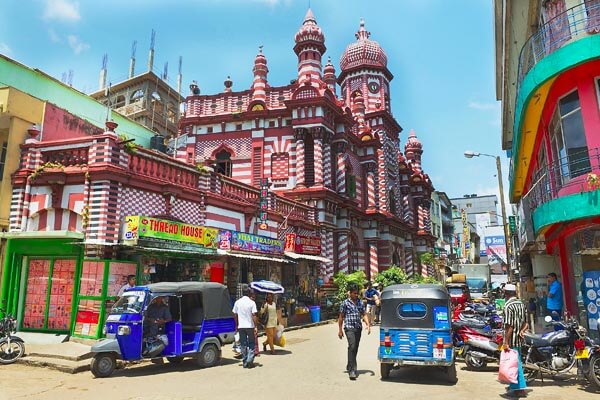
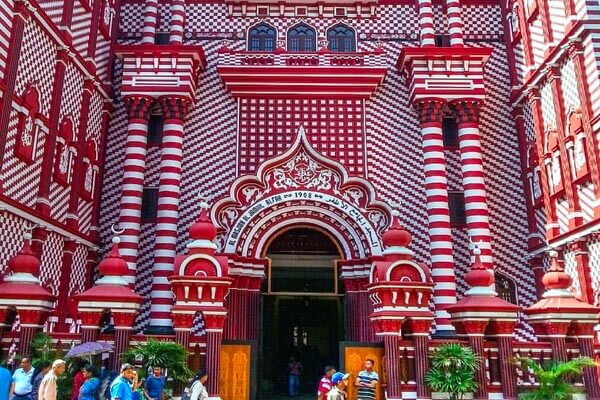
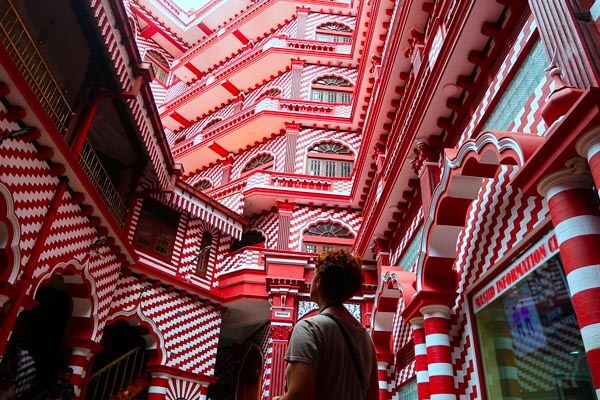
For someone exploring Pettah and indulging in a shopping spree, the Red Mosque inspired by the color of the pomegranate located at the heart of Pettah could rarely go unnoticed. Referred as Samman Kottu Palli in Tamil, meaning Mosque for Muslims of Indian origin and Rathu Palliya in Sinhala, meaning Red Mosque, was built in 1908 by a South Indian Muslim businessman who sought a place of worship and spiritual tranquility during their trade.
The dominance of Indo- Islamic architectural style- a hybrid of Indo- Islamic and Indian architecture with a tinge of Gothic and neo Classical styles innovated by the British is evident in the wisely placed designs of striped, checkered, jagged and spiral of red and white painted bricks. The pomegranate shaped domes, minarets and harem windows adds finesse to the glory of the six storied mosque. The view from the terrace encapsulates the surroundings of Pettah. The mosque is graced with bright glass chandeliers with Arabic paint enlightening the mosque and wooden carvings in the pillars.
Initially built for about 1,500 worshippers to fulfill the obligation of Salat, today the mosque is capable of accommodating 5,000. The sound of chanting of prayers resonate the streets of Pettah creating a spiritual ambience in a commercialized area. The untimely masterpiece accounts for the time of its city dwellers with the clock in built to its tower.
Activities : Archaeology, Architecture, Photography, Sightseeing
SIVAN KOVIL KOCHCHIKADA
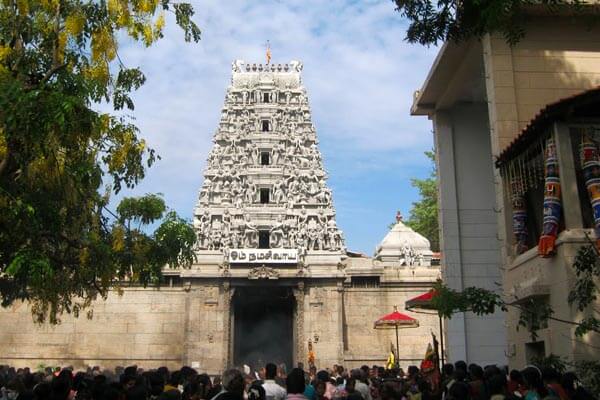
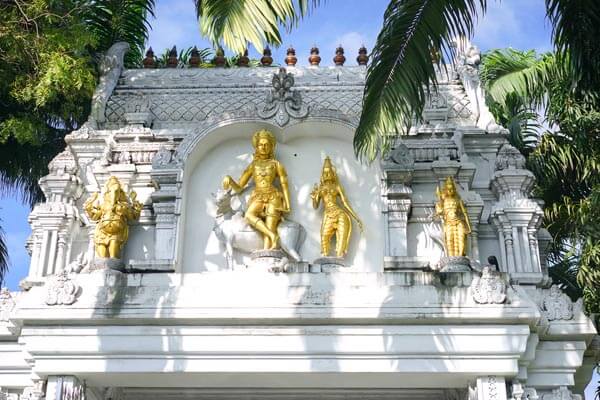
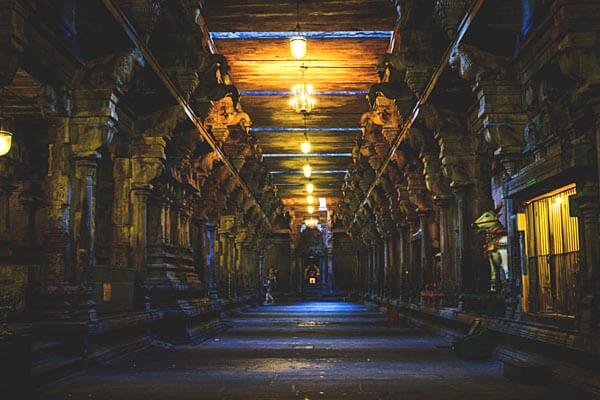
The uniqueness of the Sivan kovil which is also known as the Sri Ponnambalam Vanesar Kovil situated close to St. Anothony’s Shrine Kochchikade, lies in the fact that it is constructed from black granite. The Kovil is a masterpiece of the mastermind Sri Ponnambalam Ramanathan, a patriot who fought for independence of Sri Lanka. In 1857, Ponnambalam Mudaliyar, the father of Ramanadan established a small temple on this sacred soil. After being entrusted with the administration of the temple, Sir Ramanathan completed the construction of the temple in 1915. The black granite marvel is the fruit of the labour of South Indian sculptors.
Taking the shape and inspiration from the Dravidian architecture style, the temple consists of numerous symbols of that era. Following the guidelines prescribed in the Vedic scriptures, great detail has been considered in shaping the black granite into the heavenly beauty it is today. According to the Vedas, the Kovil is a replica of the human anatomy.
The Gopuram- decorative tower at the entrance is carved with utmost detailing and the statues seem like that are awaiting the consent of Lord Siva to come alive any moment. The stone columns bearing glorious temple are beautified with stone carving. It is also the only Kovil in the land to own stone chains, which is a trait unique to the temple. The Kovil is a must visit destination for those who desire to witness traditional architecture and cultural embellishes in Sri Lanka.
Activities : Archaeology, Architecture, Photography, Sightseeing
ST. LUCIA’S CATHEDRAL
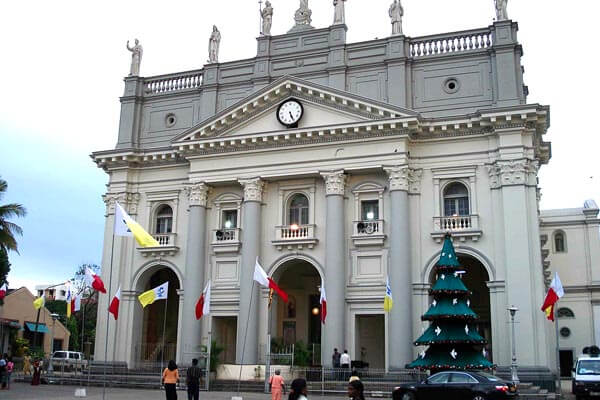
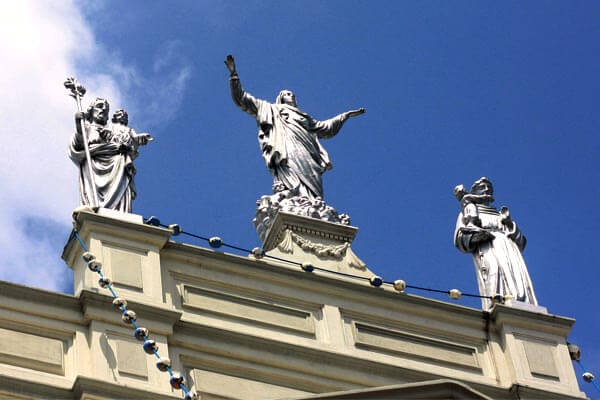
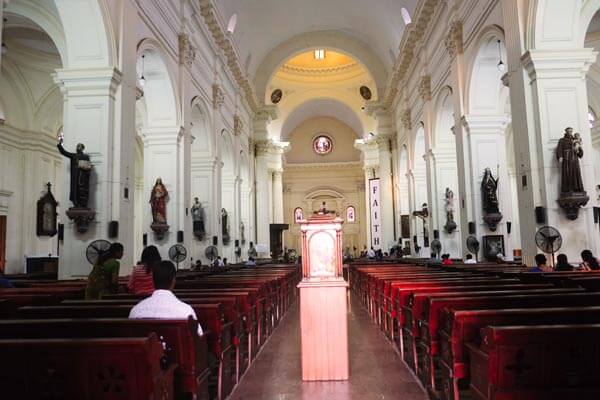
The seat of the Roman Catholic Archbishop of the Metropolitan Archdiocese of Colombo, St. Lucia’s cathedral is one of the 15 cathedrals of Sri Lanka. The monumental white dome crowed with a cross can be viewed from all Corners of Kotahena signaling the route to heaven. The colossal Corinthian columns and the gothic architectural style of the Church resemble St. Peter’s Basilica in Rome. The Church is the fruit of the labour of Oratorian missionaries who built it almost two centuries ago.
During the celebration of a mass one could feel being amidst the heavenly choir of angels upon hearing the hymns reverberating through the spacious Church. The life size statue of the Saints placed against each column of the Church, the altars of white marble and Burma teak and the Episcopal throne depict meticulous workmanship invested in increasing the sanctity of the Cathedral.
The splendor and magnificence of the Cathedral resonates the renaissance and baroque styles with its carved dark wood confessionals, stained glass windows and massive Church bells chiming its glory to Colombo.
Activities : Worship, Architecture, Photography, Sightseeing
WOLVENDAAL CHURCH
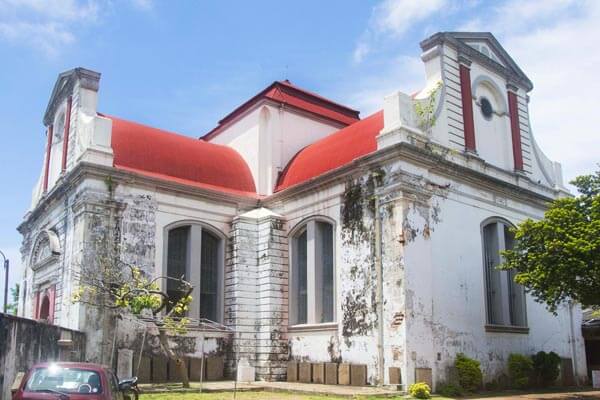
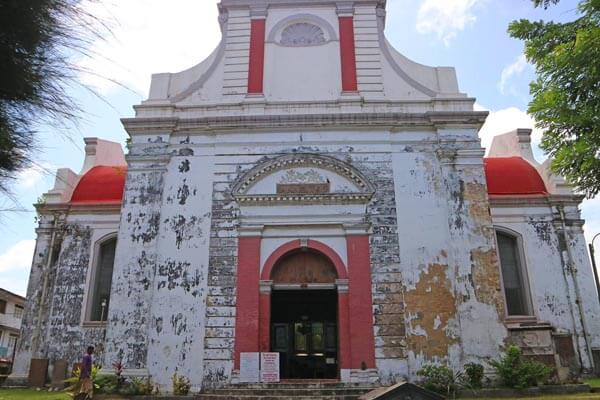
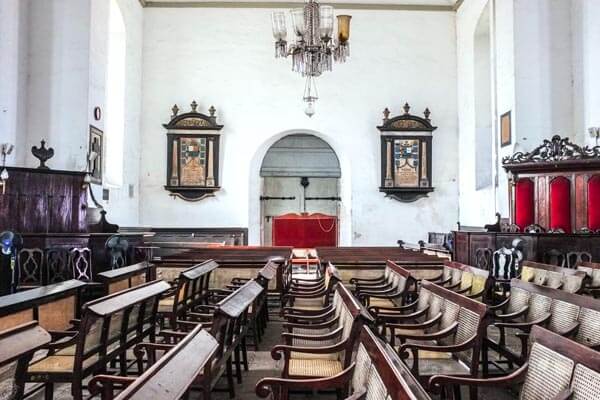
Dating to the colonial times of the Dutch, the Wolvendaal Church was built from 1749-1757 for worship of the local Sinhala and Tamil protestants. Historically renowned as the Dutch Reformed Church, in the modern times is prominent as a Christian Reformed church. Holding a seating capacity of 1000 persons, the Church was open for public worship on 6th March, 1757 by Rev. Matthias Wirmelskircher. The Church is a replica of the Doric order, one of the Greek Classical Architecture orders, uniquely identified in its columns and capitals. Built in the shape of a Greek cross, the thick walls and the high roofs depict the skilled craftsmanship of the Dutch.
The Church also holds a treasury of exquisite Dutch carpentry, masonry, artistry and workmanship. Chairs made of ebony and calamander, an 18th century pulpit, the lectern, a baptismal font engraved with a tale of human love and life, mural tablets built into the internal and external walls, stone floor paved with tombstones of Dutch settlers and colonists reciting the legends of their lives, and the ancient pipe organ which would have been the musical accompaniment for the services speaks volumes of the splendor of the era. For those expecting a feast of architectural wonder of the Dutch Colonial era of Sri Lanka, the Wolvendaal Church will take you back in time.
Activities : Archaeology, Architecture, photography, Sightseeing
KOTTE ARCHAEOLOGICAL MUSEUM
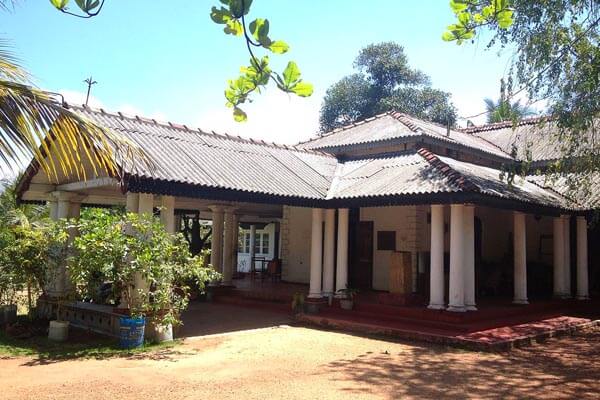
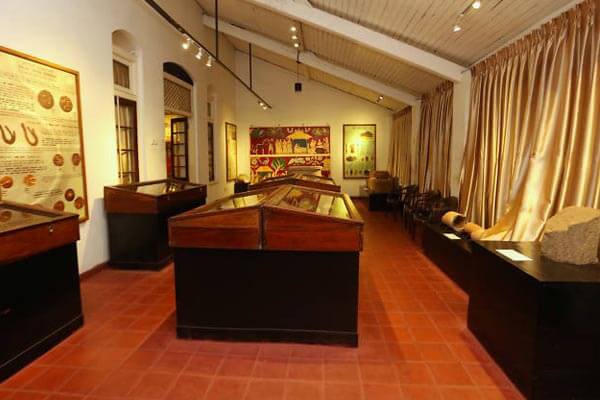
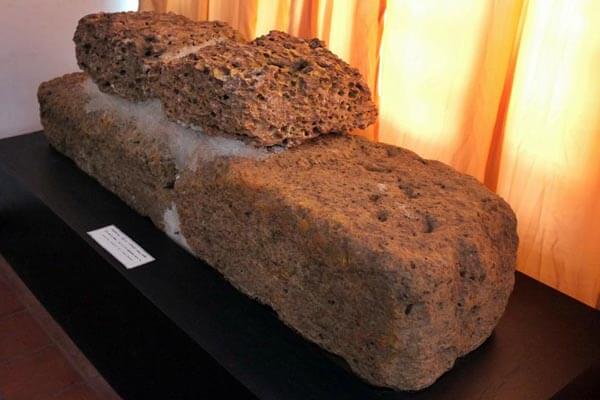
Kotte was the honorable and glorious kingdom of several kings in Sri Lanka from 15th to 16th centuries. The Kotte museum consists of a collection of ancient monuments, photographs, various flags, swords, knives, guns, statues, coins ceramic were, clay vessels and a collection of items used by E.W. Perera whose residence was transformed into the historical repository of the kotte kingdom. Other prestigious artifacts were unearthed during excavations and were unearthed during excavations and were donated by benefactors to add to the grandeur of the museum. In1995, the museum was open for the public to unveil the archaeological heritage of Kotte.
The impressive collection of the colonial attire gives a glimpse into the fashionable era of that time. Antique tableware inclusive of porcelain plates, painted with Chinese styled houses sailing ships, birds and flowers in a unique collection of Perera which can hardly go unnoticed. The museum lets you travel back in time explore this hidden kingdom and its historicity.
Activities : Archaeology, Historicity, Photography
KOTTE RAJA MAHA VIHARAYA
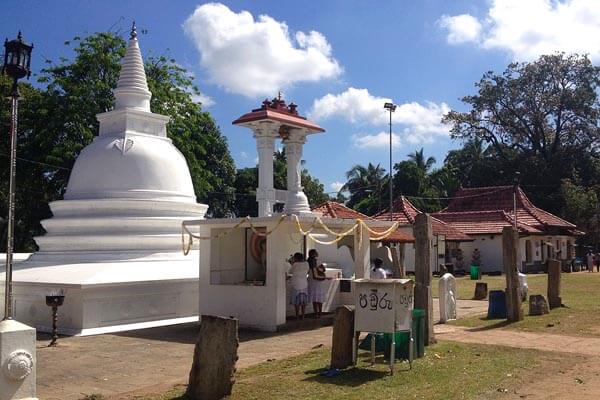
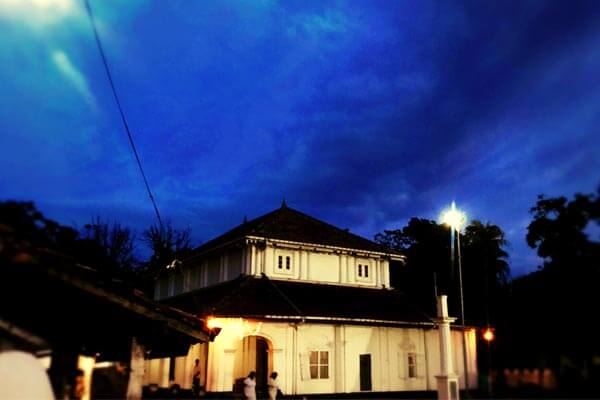
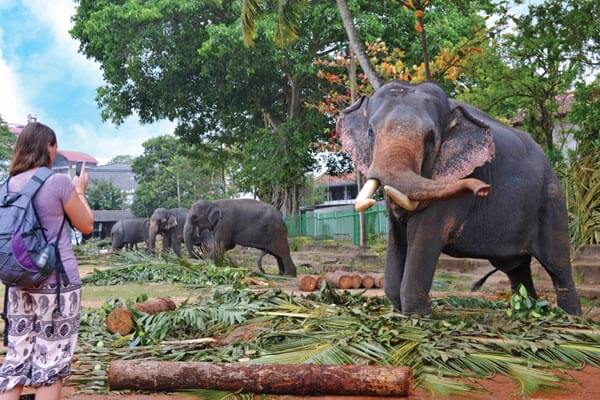
The temple was the outcome of the golden era where King Parakramabahu VI reigned over the country in the 15th century. A prominent artifact belonging to the temple is the kobok tunnel. The tunnel is located within the Kotte Ananda Shasthralaya premises and has three opening where one leads to the place and the other is route to escape from a river attack.
A bronze plate belonging to historic times, which had been sent from the place for almsgiving purposes, can also be found in the temple. The antique drawings and the carved moonstone with swans, horses and elephants symbolizes the richness of the cultural heritage which was left behind.
Activities : Worship, Architecture, Photography, Sightseeing
BADDEGANA WETLAND PARK
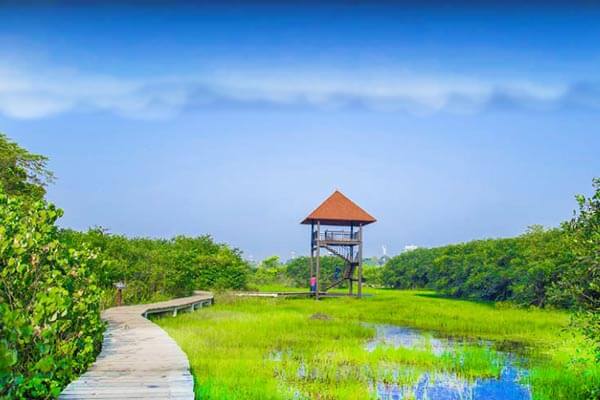
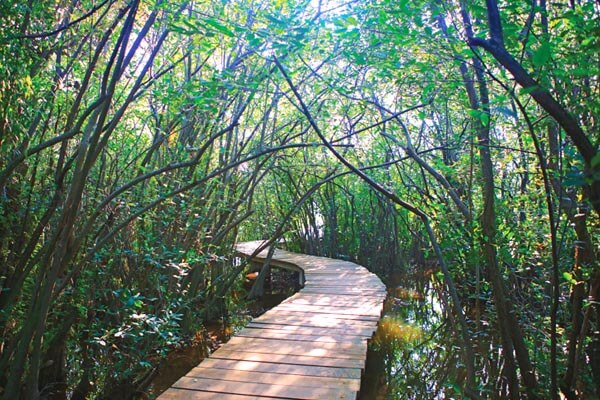
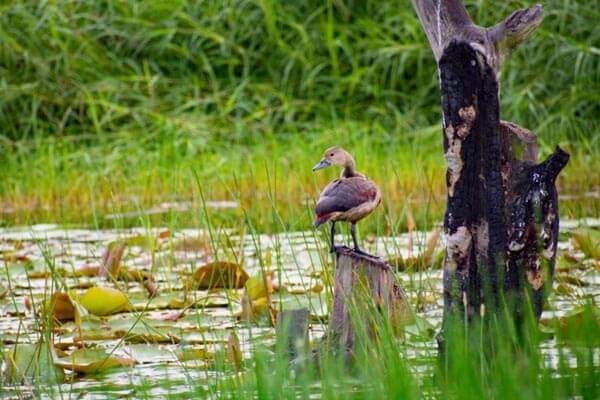
Spreading its dominion across 18 hectares of land area, the Baddegana Wetland area is heaven to a diverse range of fauna and flora. Stemming from the Diyawanna Lake the park is inhabited by more than 80 types of endemic birds and butterflies, dragonflies and mammals native to Sri Lanka and Asian Wetlands. The wetland welcomes and shelters migrant birds during the migration season from August to April and is the second largest sanctuary in Colombo district for migrant birds. The wetland is styled by local chartered landscape architects and chartered architects under the auspices of environmentalists and environmental scientists.
The nature park guides its tourists at every step with signposts and educational information about the species of the sanctuary to ensure that that no one is lost in its mesmerizing beauty. Navigating through the marshy land one could feel like Mowgli from Jungle Book.
Activities : Bird watching, Photography, Sightseeing
GALLE FACE
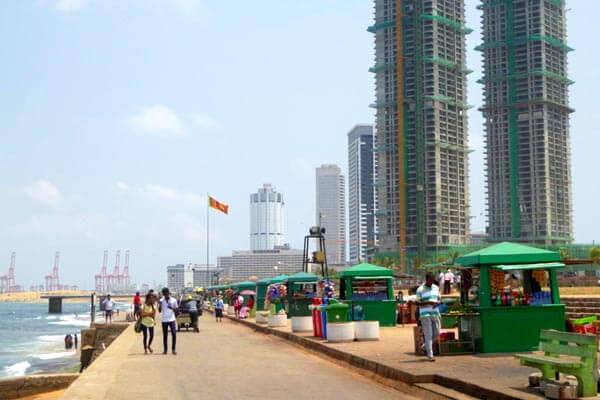
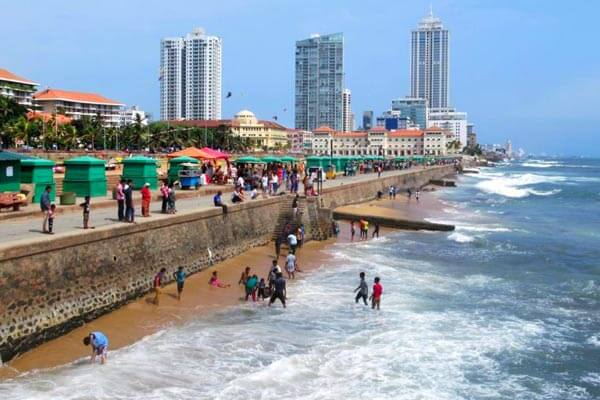
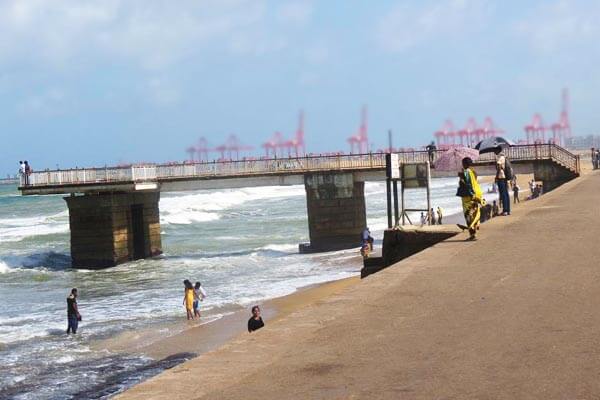
Blessed by blue ocean waves and golden beaches, Galle Face is a hot favorite for the beach lovers for either a stroll on the sandy beach, or the perfect vantage point to view the mesmerizing sunset, compete against the winds by flying a kite, or swim across the waves, or to indulge one’s taste buds in the lavishing street food alongside the beach.
The largest open space in Colombo at present has undergone diverse changes and has embraced historic personages with its breathtaking serenity throughout history. Brainchild of Sir Henry Ward, a British Governor in 1859 who wanted a luscious space for ladies, a ground which gave birth to Cricket in Sri Lanka, place where public executions of the British era took place, numerous extravagant political ceremonies and gathering chaired, and the land which held almost a half million flock shepherded by two historically significant pontiffs St. Pope John Paul ӏӏ and Popo Francis. For the Dutch it was a point to station their canons for a clear line of fire.
The hub of street food culture with a diverse range of delicacies to treat your tummy for a feast is made available during the evening hours. Isso Vadei (spicy lentil cakes with prawns), Kottu (medley of chopped roti, vegetables, spices and meat or fish), Hoppers, Indian dishes, Sea food, Achcharu (variety of fruit pickles ranging from pineapple, wood apple, mangoes, avocado) are some of the temptations not be able to resist.
Another eye catcher is the colorful kites skating across the skies during the Kite Festival. The blue skies with open arms welcome the colorful kites flown by children, youth and the adults who never let the child within them grow up.
Activities : A leisurely stroll, Cycling, Swimming, Flying kites, Street food, Photography, Sightseeing
Sri Lanka Dream Tours organize various tour activities that includes folk dance & music program, local house visits, local market visits, dinner or lunch with a local family of the area and much more like this. These activities are organized as part of your tour program and gives real experience of India to any guest visiting India with us.
